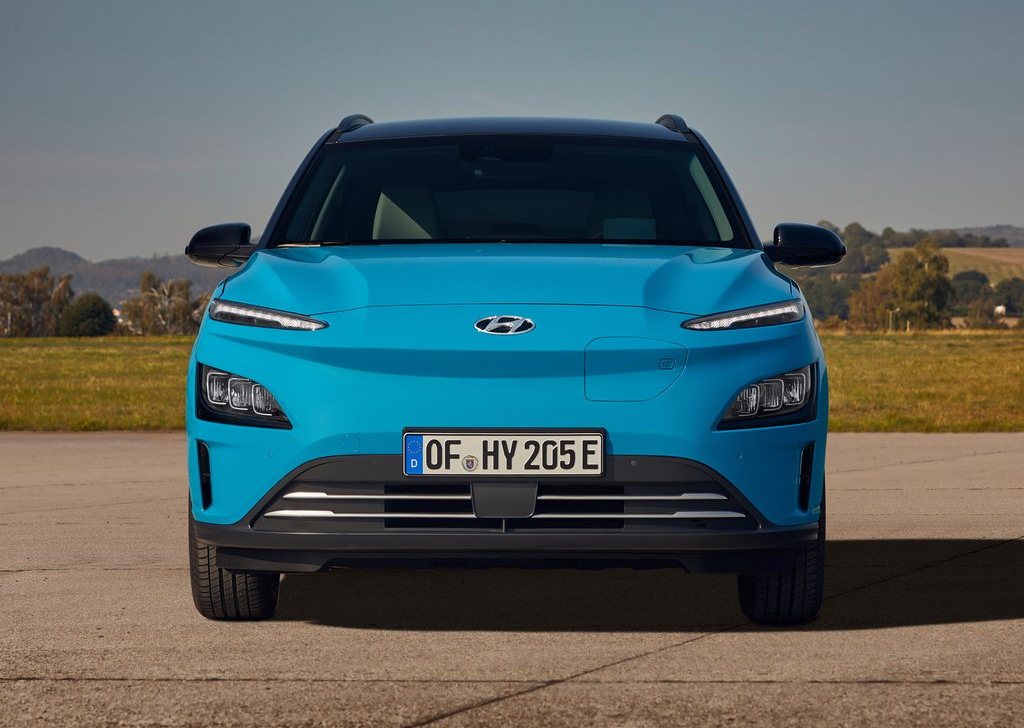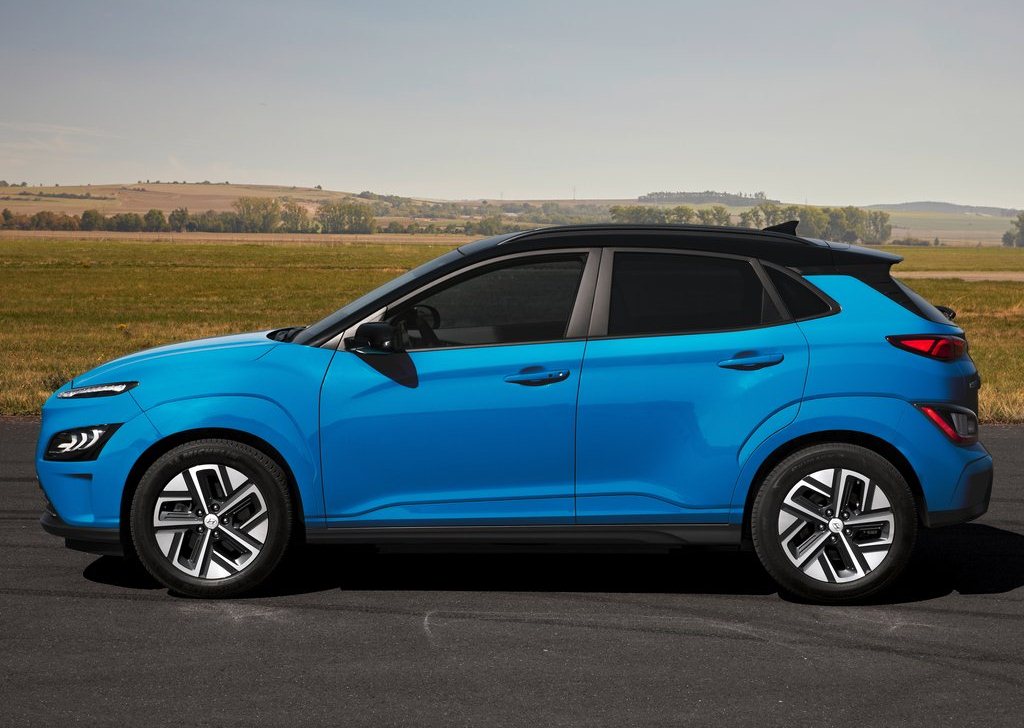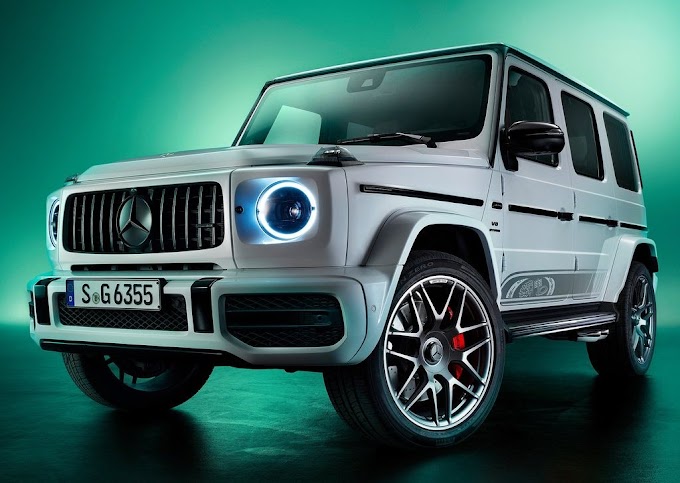Hyundai Motor has made a series of updates to its successful all-electric sub-compact SUV, the Hyundai Kona Electric. In order to make the new Hyundai Kona Electric an even better product for its customers, the upgrades revolve around design, technology, and practicality. Since launching in 2018, demand for the Hyundai Kona Electric has exceeded all expectations in Europe, thanks to its powerful electric drivetrain, long driving range and stylish SUV looks.
In just two years, over 120,000 units have been sold globally, including more than 53,000 in Europe. In August, three production models set a new range record of 1,026 kilometres on a single battery charge at the Lausitzring in Germany. Meanwhile, in January, the Kona Electric made it into the GUINNESS WORLD RECORDS™ under the category "Highest Altitude Achieved in an Electric Car", after being driven to an altitude of 5,731 metres to Sawula Pass in Tibet.
In addition to these impressive feats, the sub-compact SUV also won many awards, making the list for the WardsAuto 10 Best Engine List for 2019 and earning the title "Affordable Electric Car of the Year" at the Auto Express New Car Awards. In April 2020 TopGear magazine named Kona Electric their "Best Small Family Car" in the inaugural TopGear Electric Awards, after it completed a 1,600-kilometre road trip across 9 European countries. In March 2020, Hyundai started production of the Kona Electric at its Czech production plant, Hyundai Motor Manufacturing Czech (HMMC). This enables the company to significantly reduce customer waiting times for new electric cars.
Even more best-in-class safety features
The new Hyundai Kona Electric features a state-of-the-art Hyundai safety package for peace of mind. Hyundai SmartSense provides comprehensive, best-in-class active safety and driving assistance systems, and the new Kona Electric is now equipped with even more functions than its predecessor.
Upgraded Hyundai SmartSense features that feature on the new Kona Electric include Rear Cross-Traffic Collision-Avoidance Assist (RCCA) and Blind-Spot Collision-Avoidance Assist (BCA), which offer not just warnings to drivers, but also implement the brakes where necessary. RCCA works to avoid a collision when reversing, as the car's sensors detect approaching vehicles from both sides, with the brakes applied if necessary. Meanwhile, BCA engages the car's differential brakes to prevent an accident if another vehicle is detected near the rear corner and the driver attempts to change lanes.
Pure and stylish design signifying clean electric mobility
The new Hyundai Kona Electric has undergone a series of bold exterior design updates. By combining a clean and sleek appearance with the protective and bold B-SUV body type of the Kona, it expresses its exceptional electric technology while being even more recognisable on the road. The front with the new-look closed grille features a pure and clean design. This modern look is further enhanced by the new LED Daytime Running Lights, which emphasise the car's wide stance. The front is complemented by an asymmetric charging port, a feature unique to the Kona Electric which makes a strong statement about driving electric.
New, sharper headlamps stretch around the side of the car. The high-tech headlamp inner bezel now incorporates multifaceted reflector (MFR) technology. The headlamps are connected to the painted wheel arch claddings, giving the new Hyundai Kona Electric a distinctive and sophisticated look. Vertical air inlets in front of the wheel arch claddings enhance its aerodynamics, substantially reducing turbulence in the front wheelhouse area. Meanwhile, a functional air intake in the lower bumper is visually enhanced by horizontal satin accent bars, which give it a pronounced stance.

















0 Comments